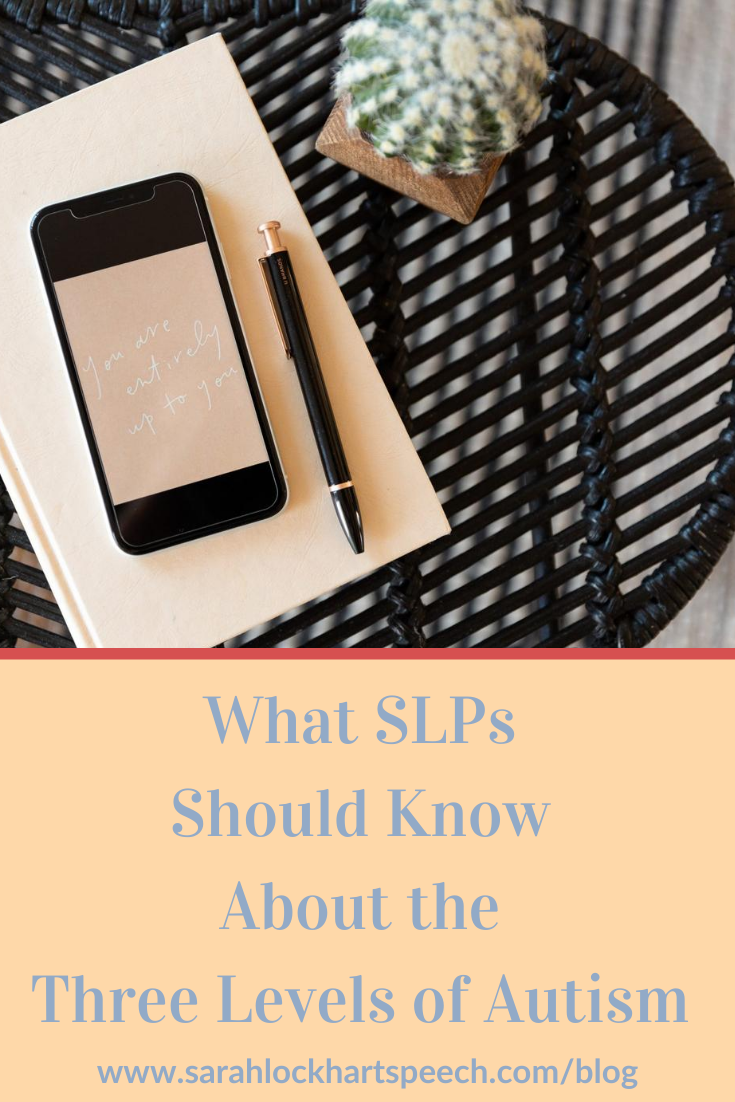Are you an SLP looking for resources on antiracism? There are so many books and resources that it can be difficult to know where to start.
Like many educators, my own realization this summer came as a surprise and shock of how little I knew about these topics and how much there was to learn.
The opposite of racist isn’t neutral, it’s antiracist.
~Ibram X Kendi in How to Be Antiracist
Should educators talk about race?
Absolutely. By not talking about race we are ignoring the issue, and are allowing racial inequities to continue. As Ibram X Kendi notes, the only way to undo racism is to understand what racism is, name it, dismantle it, and not allow it to freeze us into inaction.
There’s so much to learn, and learning will take a lifetime. Although there is so much to continue to learn, here are some books I’ve read lately that have informed my own learning. I do want to make it clear that I’m not a racial educator and have no specific training on this, but instead I’m sharing what I’ve read. I’ll give a short summary of each book in case you are interested in any of these books, and would like more information so you can know where to begin. The books here are in the order that I read them, and are in no particular order as far as how highly I recommend the book.
Please feel free to purchase these books anywhere you buy books to support local businesses. For easy reference, I’ve included Amazon links in this particular article, but they are not affiliate links and I do not gain a commission or any financial rewards for sharing.
Books
White Fragility by Robin DiAngelo
This book is a helpful resource to examine the emotional reactions that many white people have when they encounter just how deep racism goes and just how complicit we (speaking as a white woman) have been in systemic racism.
The author outlines reactions such as the “crying white woman” or how white people can make conversations about racism about them.
One of the author’s main subpoints of this book seems to be this - if you are a white person learning about racism and our culture of white supremacy: do racism work on your own, without placing the emotional or educational burden on Black people, and acknowledging your own emotional and/or defensive reactions in order to continue the conversation. This isn’t about you.
This book, which should be noted was published in 2018, already feels a bit out of date since so much has happened since then in our national consciousness. I did also want to note that this is the only book on this list written by a white woman. DiAngelo has been a racial educator for decades.
This book is not perfect, but was an important starting place for my own education. The Atlantic published a thoughtful article titled: The Dehumanizing Condensation of White Fragility: The popular book aims to combat racism but talks down to Black people.
The article above is a must-read for anyone who has read White Fragility. The author, John McWorter, reviews the book, ultimately stating that:
“White Fragility is, in the end, a book about how to make certain educated white readers feel better about themselves. DiAngelo’s outlook rests upon a depiction of Black people as endlessly delicate poster children within this self-gratifying fantasy about how white America needs to think—or, better, stop thinking. Her answer to white fragility, in other words, entails an elaborate and pitilessly dehumanizing condescension toward Black people. The sad truth is that anyone falling under the sway of this blinkered, self-satisfied, punitive stunt of a primer has been taught, by a well-intentioned but tragically misguided pastor, how to be racist in a whole new way.”
Can this book still be helpful for some? Yes, I believe so. Is it the best book out there on racism? No. This book can be a helpful way to be introduced to these topics, but as McWorter, in The Atlantic Article, posits - White Fragility is overly simplistic at best and harmful and pandering at its worst.
There’s some additional criticism that since this book isn’t written by a BIPOC author, it’s potentially drawing income and recognition away from BIPOC authors who have written about these topics for those with first-person experience with racism. For all these reasons, this book doesn’t top my own recommendations list, but it was the first book I read this summer about racism, and so I want to make sure to share it, but with a caveat. I did learn from this book, and did want to share it here. That said, I’d encourage you to check out the rest of this reading list for your starting place to support BIPOC authors and hear from their experiences.
Stamped from the Beginning by Ibram X Kendi
Dr. Kendi is a writer, author and historian and is currently the director of the Center for Antiracist Research at Boston University.
This book is more than 500 pages and is a historical journey exploring racism from the Greek Philosophers to present day. This book dives deep into history and is a recommended read for anyone who wants more context to understand antiracism as Dr Kendi explains it today and I’d recommend reading it before reading Dr Kendi’s book called How to be Antiracist (discussed later in this article).
Be ready for a detailed historical journey as you read this book. As a warning, this book does take quite a while to finish because of its depth and detail, so I recommend being ready for a longer read before you start reading. That said, by gaining a historical view you’ll have a much more nuanced understanding of the present day, and for that reason I highly recommend this read.
I’m Still Here: Black Dignity in a World Made for Whiteness by Austin Channing Brown
This memoir is a powerful journey into Brown’s life growing up Black in America. If this title sounds familiar, you may have heard of the author or the title from Oprah’s Book Club, Reese’s Book Club, or Brene Brown’s podcast.
The book starts with Austin describing how she learned, at age 7, that her parents named her Austin so that others would assume she was white. Austin talks about evangelical Christianity and the work place in particular. As someone who grew up in the evangelical Christian church and has been processing racism within education at the workplace, Channing explores these themes within this fantastic memoir that will make you laugh, cry and maybe even throw the book across the room.
Well, That Escalated Quickly: Memoirs and Mistakes of an Accidental Activist by Franchesca Ramsey
In this book, Ramsey discusses her journey from a YouTuber with a day job to a network TV commentator and comedian. This book is a series of essays that are funny, personal, and insightful. Ramsey starts by discussing what happened when a YouTube video went viral, and she became YouTube famous, with all the accolades and criticism that came with it. Ramsey’s viral YouTube video called “What White Girls Say….To Black Girls” was both praised and criticized. Through this, Ramsey discusses what she learned about “call in” versus “call out” culture and navigating the online space while discussing racism and white supremacy.
This book is a recommended read for anyone who is in the social media space and wants a thoughtful (and funny) discussion on these topics.
How to Be an Anitracist by Ibram X. Kendi
I recommend reading Stamped from the Beginning first, this book really discusses the 1980s and onward. Dr. Kendi talks about his own childhood, his own experience and his parent’s experiences with racism and offers a guide on how to be an Antiracist. Kendi discusses how to move forward for those who want to move forward from an awareness of racism to learning what antiracism is and how to work towards it.
This book came highly recommended to me, but I found it just as dense and academic as Stamped, but a lot more wandering. This particular book wasn’t my favorite on the list - but again, reading is personal. I know this book has been transformative for many people.
Currently Reading
Me and White Supremacy: Combat Racism, Change the World, and Become a Good Ancestor by Layla F. Saad
This book is a 28 day educational and journaling experience. There’s daily information and then thoughtful journal prompts. This book is taking me some time to do, both because the journal prompts are so powerful I sometimes need more time to dig into each. I highly recommend doing these activities with a friend so that you can discuss the journal prompts and support each other and learn from each other in the process.
Digging Into the Books
I hope this post was helpful as you consider what to read. Of course, there are many wonderful books out there that I haven’t read yet. This work will take a lifetime, and even then, I’ll still have more to learn. Overall, my recommendations would be:
Love history? Start with Stamped from the Beginning
Love memoirs? Start with I’m Still Here.
Want to read more about conversations about race on the internet, including social media? Start with Well, That Escalated Quickly.
Like to journal? Start with Me and White Supremacy
Want an in-depth discussion on racism? Start with How to Be an Antiracist
There are so many wonderful book lists out there if you want more information, including this list from the NY Times and this list from Goodreads.
Sarah Lockhart is a speech language pathologist in private practice in Ashland, Oregon. She specializes in working with the birth to five population, particularly Childhood Apraxia of Speech and Autism.











